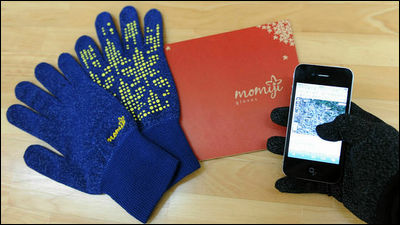Do 'low dust gloves' really dust-free? I actually compared and reviewed

White gloves are used by people in the manufacturing industry and car drivers for work, and are also useful in daily life such as when assembling a home-built PC or when cleaning.
The frame of the iPhone 13 Pro and iPhone 13 Pro Max is made of stainless steel, which is both durable and luxurious.
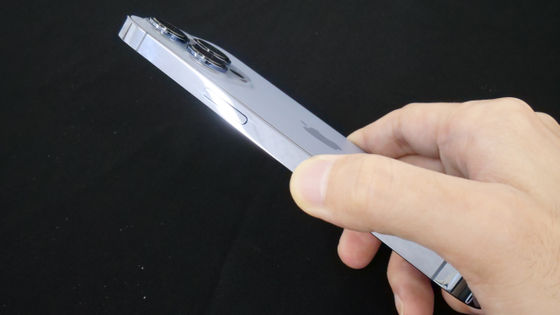
If you touch it with your bare hands, the sebum will stick. When using a smartphone, it is inevitable that it will get dirty to some extent, but it will be a problem when reviewing when you want to take as beautiful a picture as possible.
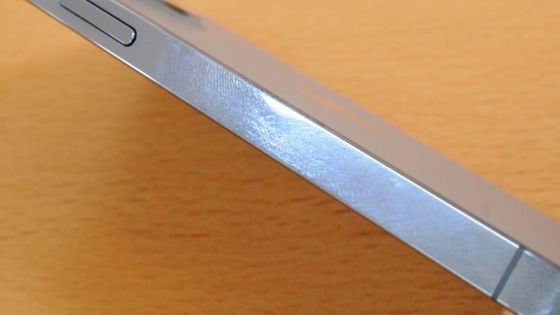
If you use gloves, you won't get fingerprints, but if you use gloves made of a dust-prone material, you may get dirty when you touch the silicon band of Apple Watch, which easily absorbs dust due to static electricity.
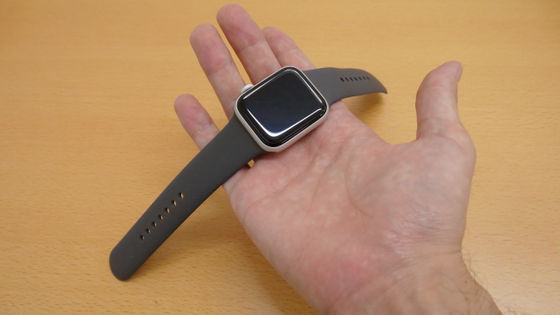
Therefore, I decided to use three types of white gloves made of different materials to check the ease of dust generation and usability. From the left, the gloves used are '

◆ Low dust mesh gloves for assembly inspection DPM128-M
First of all, I will try gloves for assembly and inspection related to precision engines that have 'low dust generation' in the product name. The material is 100% polyurethane on the front of the palm, 100% polyester on the back, and 100% nylon on the back of the hand.

It is the only one made in Japan that I reviewed this time.
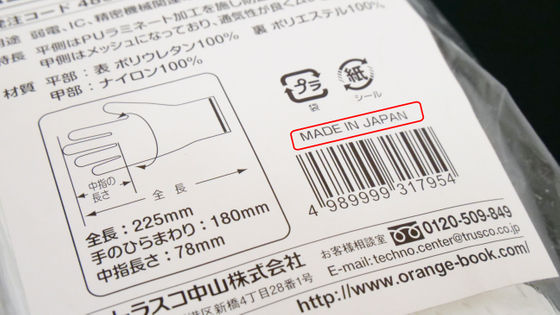
One bag contains 10 pairs, and when you take out the gloves, it looks like this.
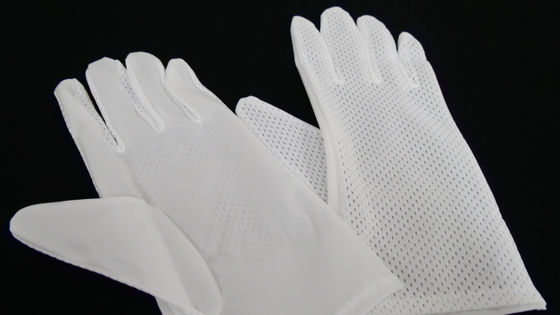
One pair weighs 15g.
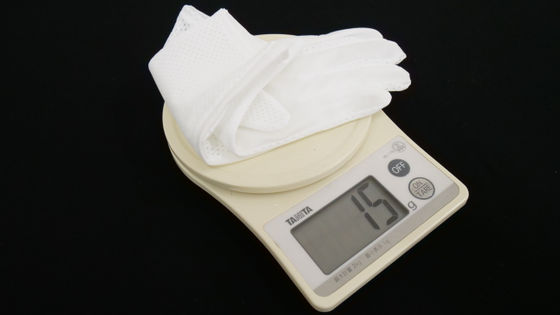
When you put it on, you will feel that it fits perfectly to your fingertips. The back of the hand is made of mesh fabric, which is designed to prevent stuffiness.
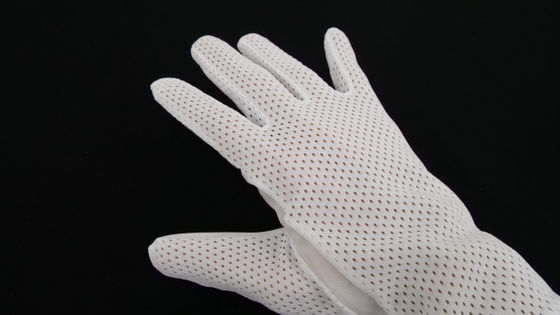
It is elastic and allows you to bend your fingers naturally.

The palm feels silky.
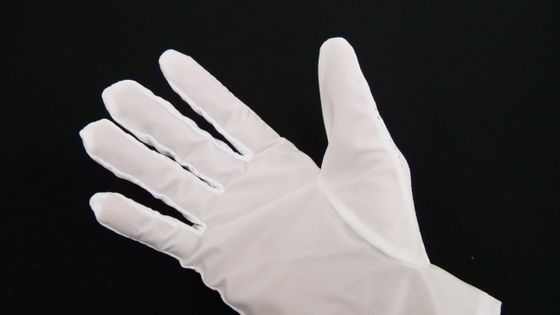
The fabric in the palm of your hand is easy to get caught in the slippery material, so even if you hold the iPhone 13 Pro lightly, it won't slip off.
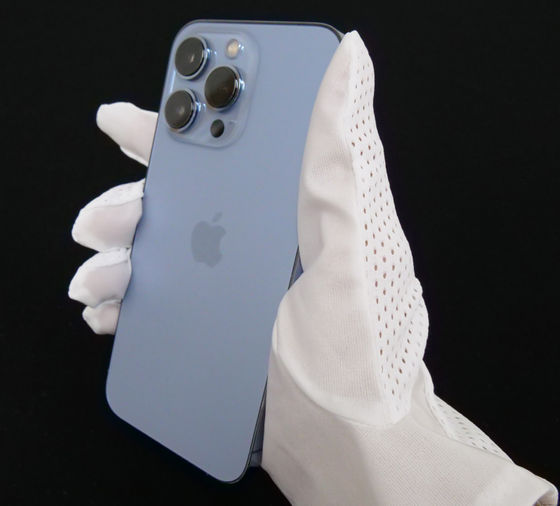
Next, let's look at how easy it is to get dust. After making the display dust-free ...
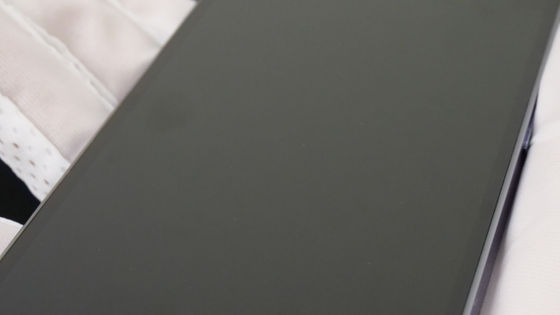
Rub the glove fabric against the glass surface, covering the display with your fingers.
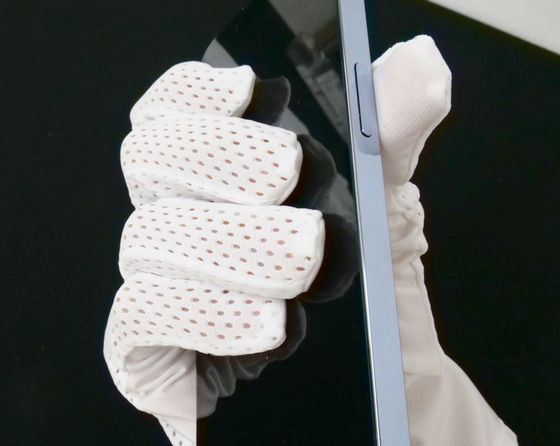
When I opened my finger, there was a lot of fibrous dust on it.
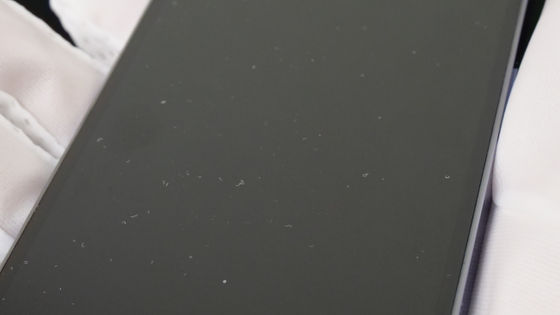
Similarly, squeeze the band on your Apple Watch.

After all, there is visible dust.
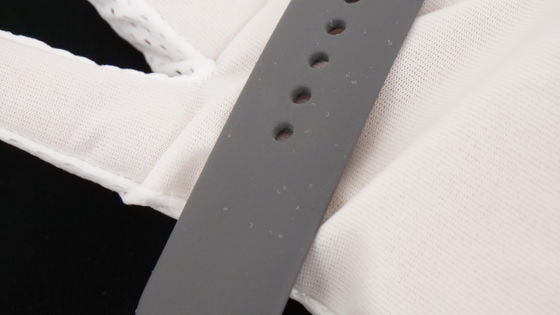
As a test, I picked up 3 pairs and shook them on a black cloth.

Then, a lot of white dust fell on the fabric, and the result was different from what I had imagined from the name of low dust generation. When I contact the manufacturer, but is what this white gloves is certainly dust is unlikely to occur, so that phrase 'low dust', was that of that not that not out dust.
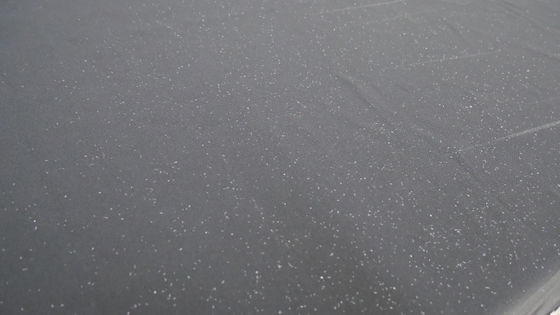
◆ Low dust generation work gloves NPU-130
Next, try another type of low dust gloves.
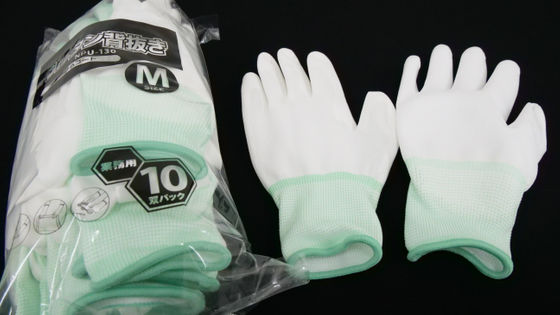
The previous glove was '100% polyurethane on the front and 100% polyester on the back', but this is a glove body made of 'polyester' and the non-slip part made of urethane.
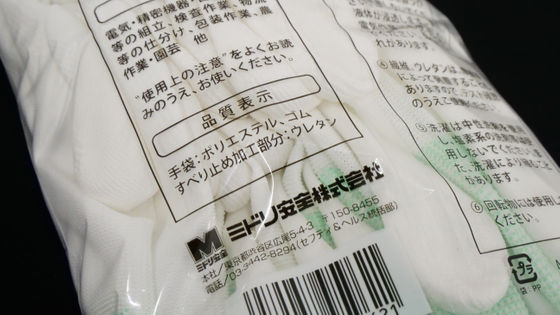
Contains 10 pairs per bag. The country of origin is China.
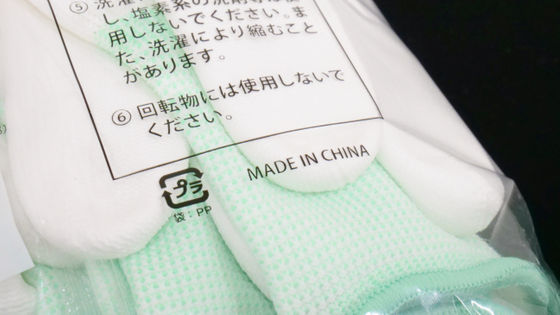
The weight per pair was 25g.
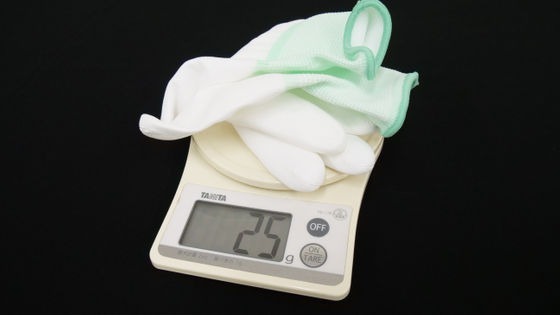
The palms and fingers are totally non-slip processed.

The back of the hand is a mesh backless glove.
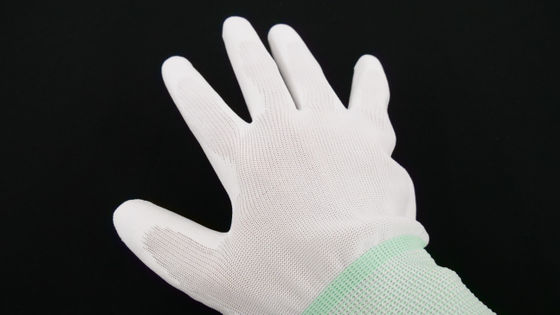
It features a length that covers up to the wrist, and the wrist contains rubber.
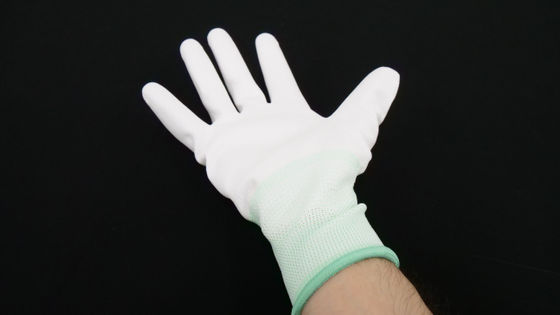
The fit is a bit sacrificed, and bending your fingers makes your fingertips fluffy like rubber gloves.
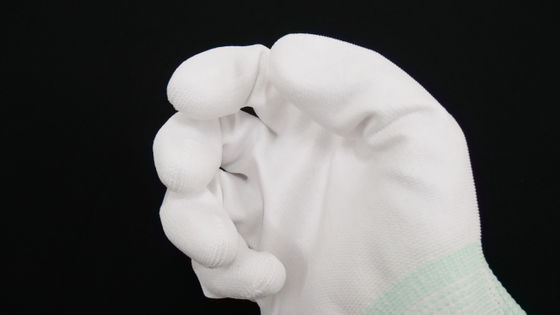
The surface feels silky and not hard, but it seems better to avoid touching delicate objects such as camera lenses because it has irregularities.
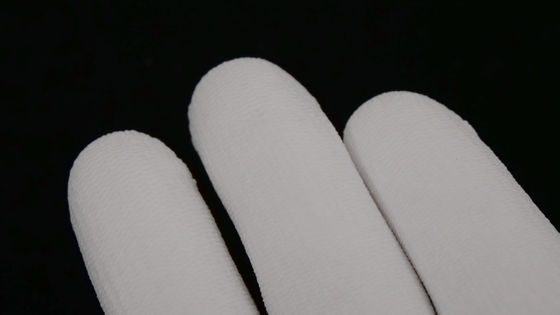
Thanks to the anti-slip treatment, the grip is high, and it is stable just by holding the frame lightly with your fingertips.
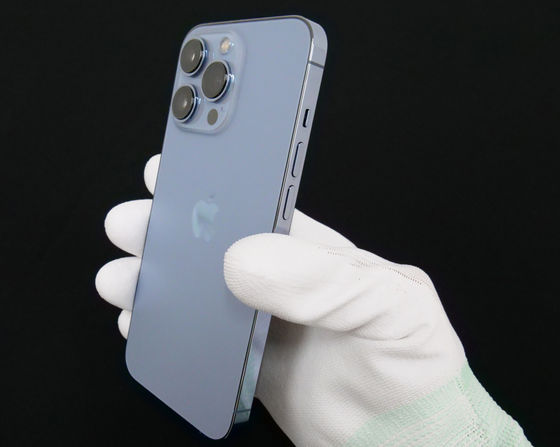
However, there is an impression that it is difficult to convey the feel to the fingertips. For example, if you put your thumb between the volume control buttons on the side of the iPhone 13 Pro as shown below, you will not know whether it is a volume up button or a volume down button until you actually press it.
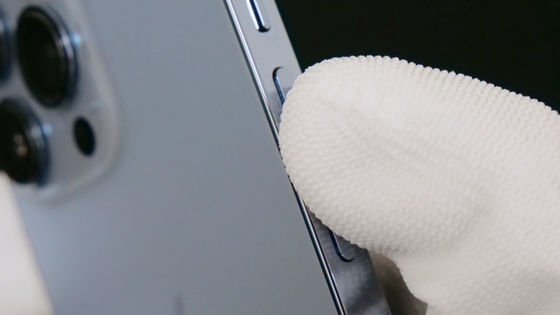
On the other hand, it produces less dust, and even if you rub the fabric on the display of the iPhone 13 Pro in the same way as before, you can see a little dust left.
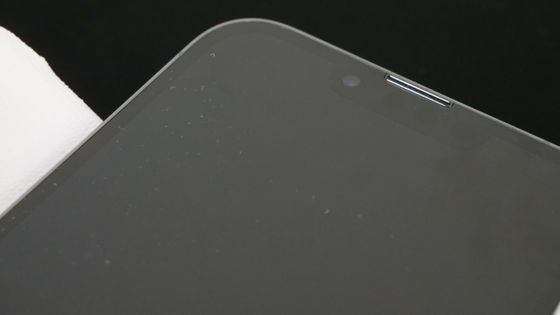
This tendency was the same for silicon bands.
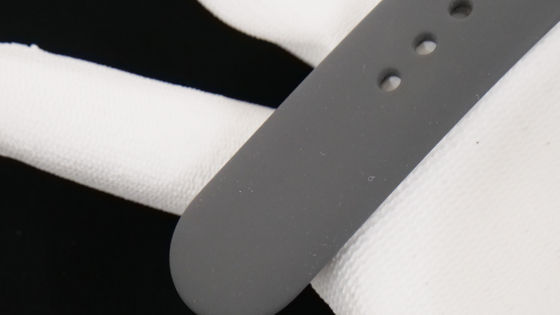
◆ Cotton Sumus Gloves 3-7278-02
This is the last one I tried. Made in China with 100% cotton.
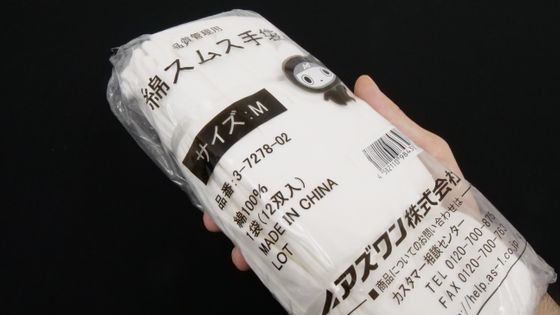
One bag contains 12 pairs, and the gloves inside look like this.
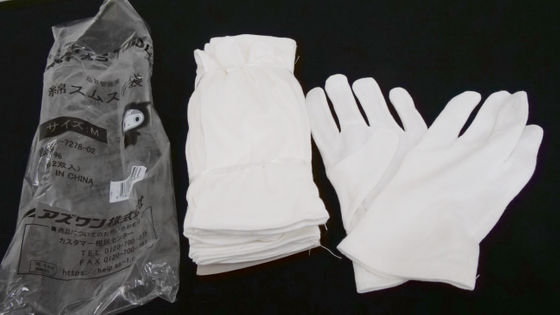
Each pair weighs 15g.
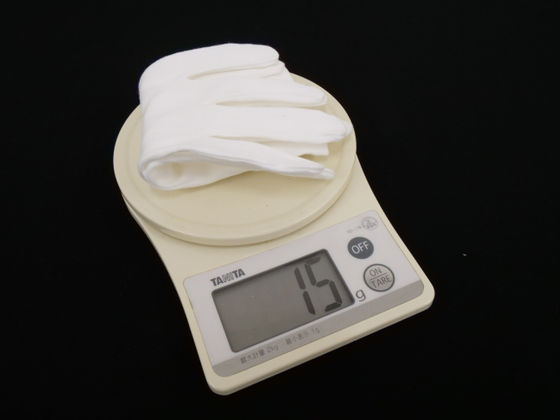
When I put it on, it looks like this. The finger part is not sewn three-dimensionally, but the material itself is elastic so it fits without problems.
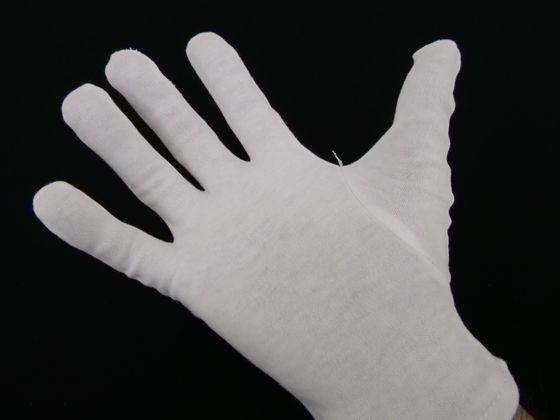
It is not unlined. However, since it is a thin material, I didn't have to worry about getting stuffy when I wore it for about 10 minutes.

I didn't feel any effect on the function, but there are some places where the sewing is sweet, such as noticeable fraying.
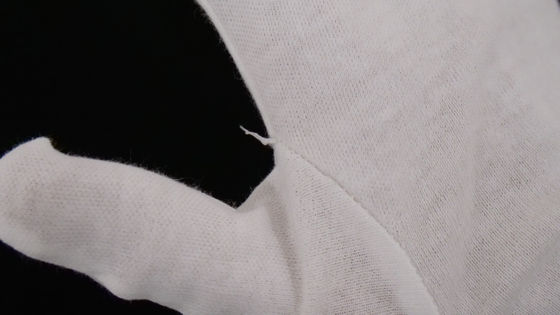
The slippery material was slippery to the touch, and the iPhone 13 Pro could only be held by supporting the bottom with the little finger.
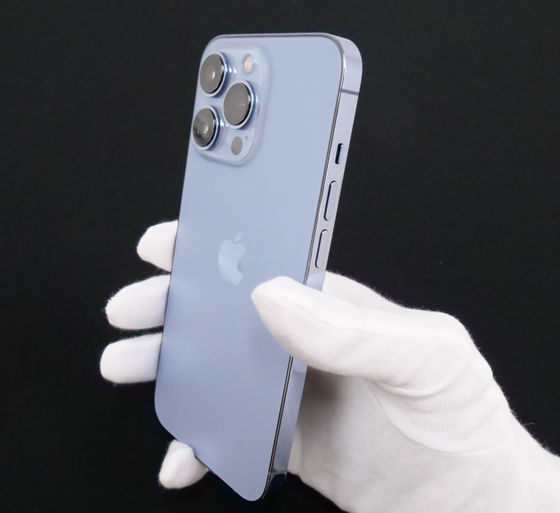
When I rub the glove fabric on the display of the iPhone 13, a lot of long fiber dust adheres.
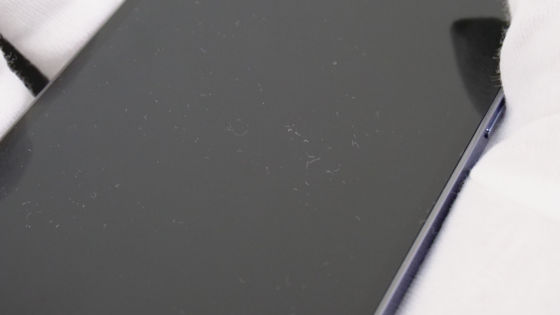
This tendency was the same for silicon bands.
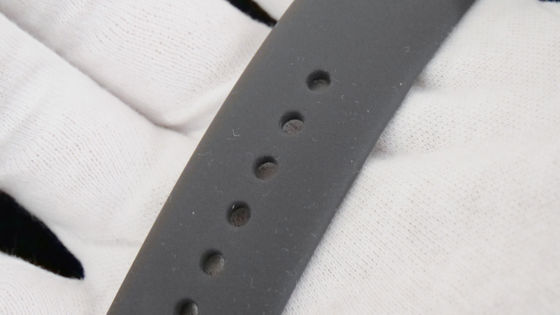
◆ Summary
The following is a summary of the three types of gloves reviewed this time.
| gloves | Material of the palm part | Fit | Difficult to slip | Low dust |
|---|---|---|---|---|
| Low dust mesh gloves for assembly inspection DPM128-M | Polyurethane (front) / polyester (back) | ◎ | ○ | × |
| Low dust generation work gloves NPU-130 | Urethane | × | ◎ | ○ |
| Cotton Sumus Gloves 3-7278-02 | cotton | ○ | × | × |
Not only cotton gloves purchased for less than 100 yen per pair, but also gloves for assembly inspection that are labeled as low dust have generated dust, so gloves made of fibers regardless of the material will generate dust. It can be unavoidable. Unlined gloves with non-slip palms have high holding power and can considerably suppress the generation of dust, but it is difficult to feel the touch to the fingertips and it is a little difficult for precision work.
Therefore, even if you say white gloves in a bite, it does not mean that there is no mistake if you choose expensive ones, and I felt that it is best to examine the materials according to the intended use.
Related Posts:
in Review, Posted by log1l_ks
